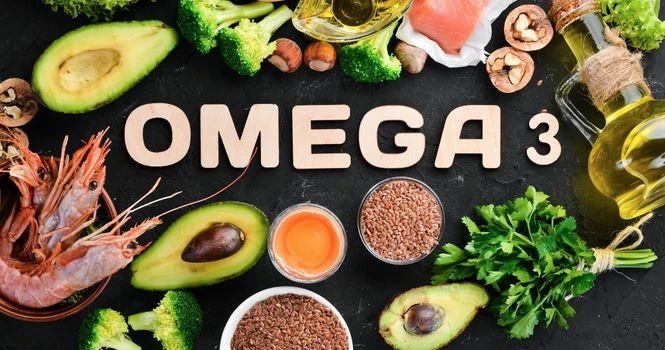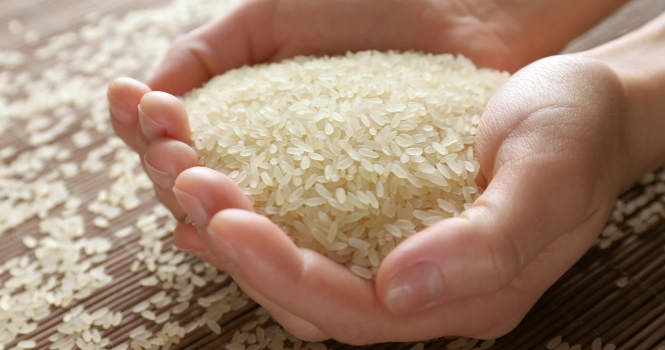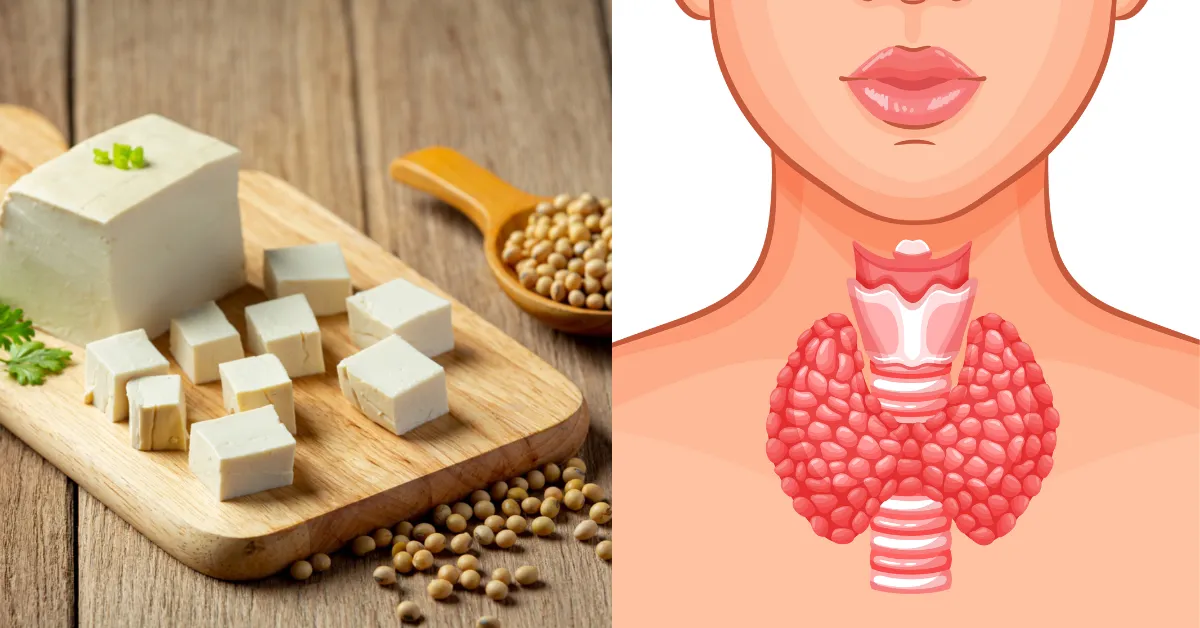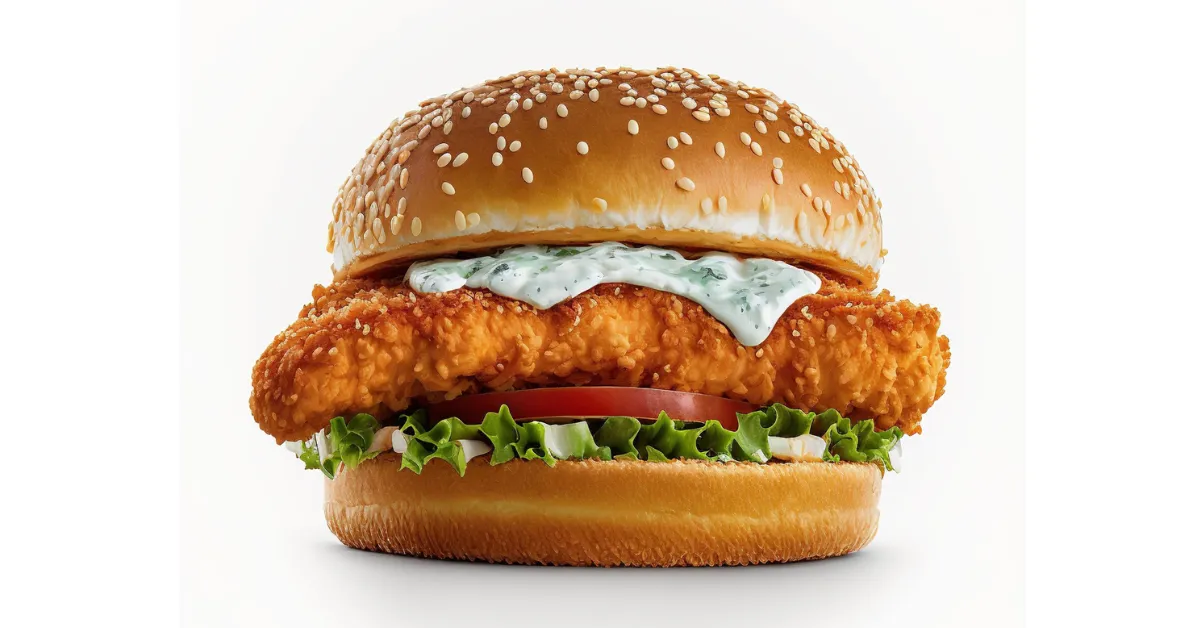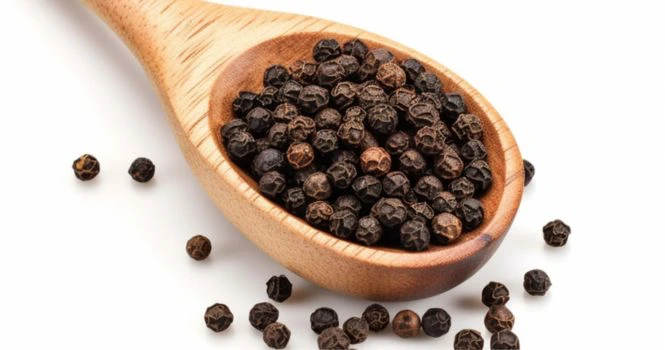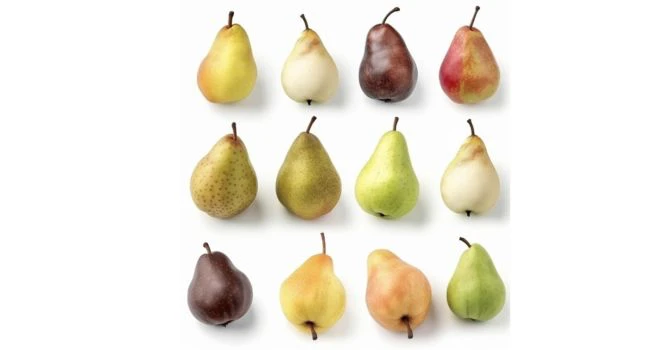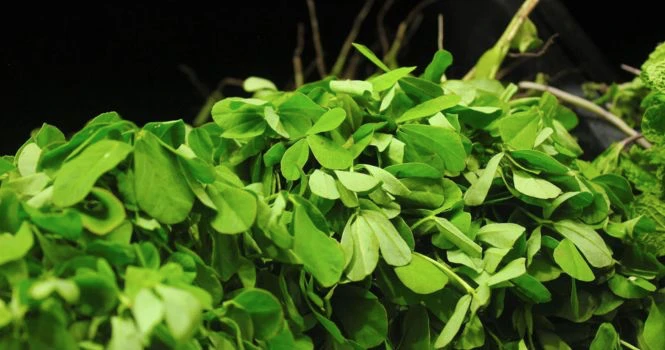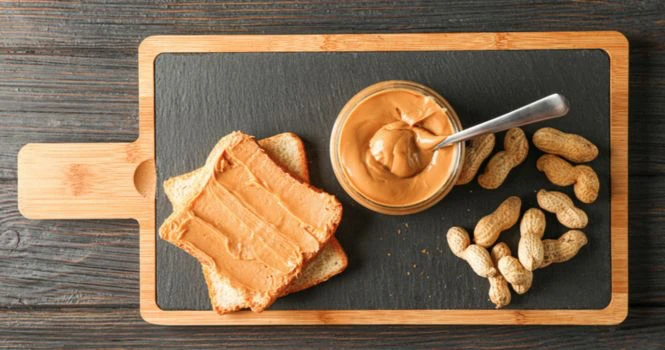Foods That Lower Estrogen in Men Naturally (Full Guide)
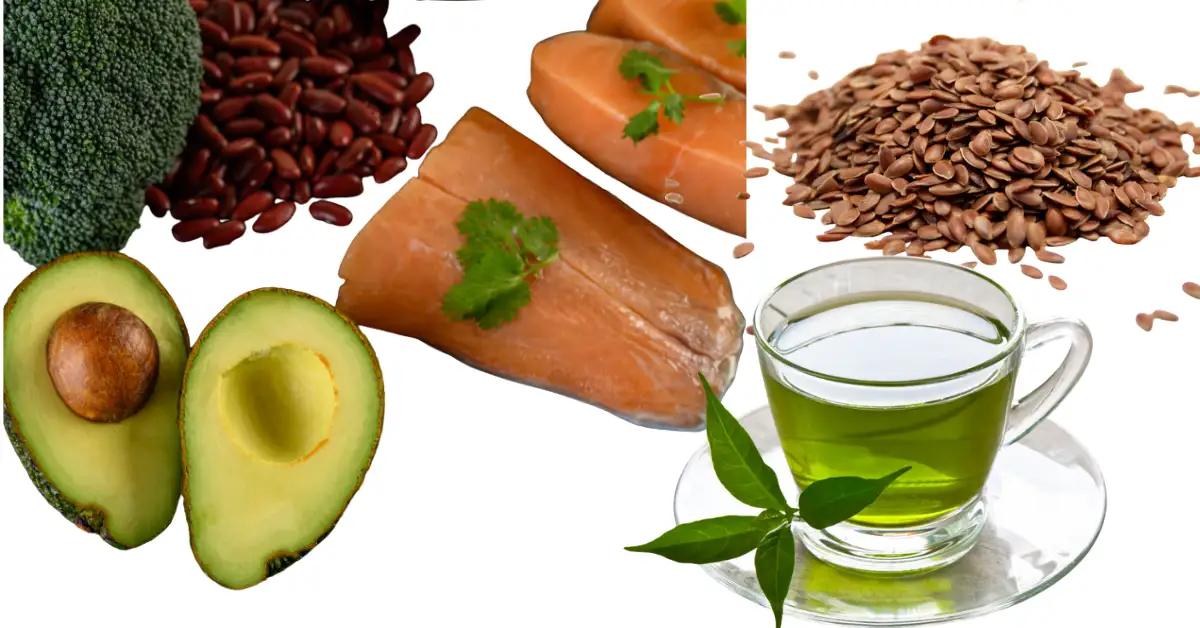
Did you know that high estrogen levels in men can cause stubborn belly fat, low energy, mood swings, and even fertility problems?
While estrogen is often thought of as a “female hormone,” men need the right balance too. When estrogen gets too high, it can tip your hormones out of balance — making it harder to stay lean, strong, and healthy.
The good news? You don’t need harsh medications or expensive treatments. The foods you eat every day play a powerful role in lowering excess estrogen naturally.
In fact, research shows that certain vegetables, seeds, teas, and spices can help your body flush out estrogen and restore healthy hormone levels.
In this guide, we’ll cover the top 10 foods that lower estrogen in men naturally, which foods to avoid, and simple lifestyle tips to support hormone balance.
📌 Watch the full video below for a quick breakdown before we dive in:
The Role of Estrogen in Men
When you hear the word “estrogen,” you probably think of women — but men produce estrogen too. In men, estrogen is mainly produced when the body converts testosterone into estrogen through an enzyme called aromatase.
This happens mostly in fat tissue, skin, brain, and the testes. Even though men make much smaller amounts than women, it still plays key roles in bone strength, mood, cholesterol regulation, and brain health.
In women, estrogen is produced mainly by the ovaries, with smaller amounts coming from the adrenal glands and fat tissue. Estrogen controls the menstrual cycle, reproductive function, and many aspects of women’s overall health.
For men, a healthy balance between testosterone (the main male hormone) and estrogen is critical. Too much estrogen can tip that balance, leading to changes in body composition, sexual health, and overall wellbeing.
That’s why focusing on foods that naturally support healthy estrogen levels is so important.
Symptoms of High Estrogen
When estrogen rises above healthy levels, men may notice a mix of physical and emotional changes. Common signs include:
- Belly fat & weight gain – excess estrogen is linked with fat storage, especially around the abdomen.
- Fatigue & low energy – hormone imbalance often leaves men feeling sluggish.
- Mood swings or irritability – estrogen affects brain chemistry and mood regulation.
- Low libido or erectile issues – too much estrogen can reduce testosterone’s effects on sexual health.
- Breast tissue changes (gynecomastia) – in some men, high estrogen may lead to enlarged breast tissue.
If several of these symptoms sound familiar, diet and lifestyle adjustments — starting with the foods you eat — can make a big difference.
Top 10 Foods That Lower Estrogen in Men
1. Cruciferous Vegetables

Broccoli, cauliflower, kale, and Brussels sprouts contain a natural compound called indole-3-carbinol, which helps the liver break down excess estrogen. These veggies are some of the most powerful foods for hormone balance. Try adding them to stir-fries, salads, or steamed as a side dish a few times a week.
2. Mushrooms

Mushrooms — especially white button and portobello — act as aromatase inhibitors, meaning they can block the enzyme that converts testosterone into estrogen. Including mushrooms regularly in soups, omelets, or grilled dishes is a simple way to help control estrogen.
3. Flaxseeds & Whole Grains

Rich in fiber and lignans, flaxseeds and whole grains support the body in binding and removing excess estrogen through digestion. A daily spoonful of ground flaxseed in smoothies or oatmeal can be a powerful addition to your diet.
4. Pomegranates

This antioxidant-rich fruit contains compounds that may block estrogen production and protect cells from damage. Pomegranate juice or fresh seeds sprinkled on salads can be a tasty way to gain these benefits.
5. Green Tea

Green tea is packed with EGCG (epigallocatechin gallate), a plant compound that supports liver detoxification and helps the body manage estrogen levels. Replacing sugary drinks with 2–3 cups of green tea daily can make a noticeable difference.
6. Turmeric

The golden spice turmeric contains curcumin, which has been shown to support estrogen metabolism and reduce inflammation. Try adding turmeric to curries, teas, or smoothies for a daily hormone-balancing boost.
7. Grapes & Berries

These fruits contain resveratrol and other polyphenols, which may help reduce estrogen activity and protect against hormone-related imbalances. Blueberries, strawberries, and red grapes are excellent snack or smoothie options.
8. Citrus Fruits

Citrus fruits like oranges, lemons, and grapefruits are high in limonoids and vitamin C, which aid the liver in flushing out excess estrogen. A glass of lemon water in the morning or fresh citrus as a snack works wonders.
9. Garlic & Onions

Sulfur-rich foods like garlic and onions enhance the activity of detox enzymes in the liver, which are essential for breaking down estrogen. Adding them to daily cooking is an easy way to support hormone health.
10. Omega-3 Rich Fish

Fatty fish like salmon, mackerel, and sardines provide omega-3 fatty acids, which reduce inflammation and help regulate hormone balance. Aim for at least two servings per week for maximum benefit.
Foods That Boost Testosterone and Lower Estrogen
Balancing hormones isn’t just about lowering estrogen — it’s also about supporting healthy testosterone levels. Certain foods can do both: reduce estrogen activity while boosting testosterone production.
Eggs
Eggs are a powerhouse of protein, healthy fats, and important nutrients like vitamin D and cholesterol, which the body uses to make testosterone. While eggs don’t directly lower estrogen, they support the hormonal balance that keeps testosterone strong.
Zinc-Rich Foods (Pumpkin Seeds, Oysters)
Zinc is one of the most important minerals for male hormone health. Low zinc is strongly linked to low testosterone and higher estrogen activity. Foods like oysters, pumpkin seeds, and beef provide a natural zinc boost, supporting testosterone while helping reduce estrogen dominance.
Healthy Fats (Avocados, Olive Oil, Nuts)
Healthy fats are essential for hormone production. Diets too low in fat can actually suppress testosterone.
Foods like avocados, extra-virgin olive oil, and almonds provide the right balance of monounsaturated and polyunsaturated fats that keep testosterone up and prevent estrogen from taking over.
Together, these foods don’t just lower estrogen — they create a pro-testosterone environment, which is especially important for men looking to improve muscle, energy, and libido.
High Estrogen Foods to Avoid
Just as some foods help lower estrogen, others can actually raise estrogen levels or make it harder for the body to clear out excess. If you’re trying to balance your hormones, cutting back on these foods is just as important as adding the right ones.
Processed Soy Products
Soy contains phytoestrogens — plant compounds that mimic estrogen in the body. While small amounts of whole soy (like edamame or tofu) may not cause major issues, highly processed soy products (soy protein isolates, soy snacks, packaged soy-based foods) can contribute to estrogen dominance in men.
Alcohol
Alcohol affects the liver, which is responsible for breaking down and removing excess estrogen. Drinking too much can impair this process, leading to higher estrogen levels. Even moderate intake (more than 2–3 drinks per week) may interfere with hormone balance.
Refined Carbs & Sugar
Diets high in sugar and refined carbs cause spikes in insulin, which is closely tied to higher estrogen and lower testosterone. Over time, this can promote belly fat storage and further estrogen imbalance.
Processed Meats
Highly processed meats like sausages, hot dogs, and deli cuts are linked with inflammation and poor hormone regulation. They often contain additives and unhealthy fats that negatively affect overall metabolism and hormonal health.
Quick tip: If you’re serious about balancing hormones, focus on whole, unprocessed foods and limit these estrogen-boosting culprits as much as possible.
How to Lower Estrogen Levels Quickly
While long-term balance comes from consistent diet and lifestyle, there are a few quick strategies that can help your body manage excess estrogen faster:
- Cut out alcohol & sugar immediately → reduces stress on the liver and insulin spikes that drive estrogen up.
- Add more fiber to your meals → fiber binds to estrogen in the gut and helps flush it out through digestion.
- Drink more water → hydration supports detox pathways and keeps digestion moving.
- Exercise & sweat daily → even 20–30 minutes of brisk walking, lifting weights, or cardio can help your body metabolize hormones more effectively.
- Load up on cruciferous vegetables → broccoli, kale, and cauliflower work quickly to support liver detox of estrogen.
These steps won’t “fix” hormone imbalance overnight, but they’re the fastest ways to kickstart estrogen reduction naturally.
How to Flush Out Excess Estrogen Naturally
If your goal is long-term hormone balance, you need to support the body’s natural detox pathways. These are the most effective steps:
Step 1: Eat More Fiber-Rich Foods
Fiber binds to estrogen in the digestive tract, helping your body remove it instead of reabsorbing it. Whole grains, legumes, flaxseeds, and leafy greens are great daily choices.
Step 2: Support Liver Detox
The liver is the main organ that processes estrogen. Foods like cruciferous vegetables, turmeric, garlic, and citrus fruits enhance liver function and keep estrogen in check.
Step 3: Exercise Regularly
Physical activity improves insulin sensitivity, reduces belly fat, and speeds up hormone metabolism. Aim for a mix of strength training + cardio at least 4–5 times a week.
Step 4: Stay Hydrated
Water helps the kidneys and digestive system flush out estrogen metabolites. A good rule: drink enough water so your urine stays light yellow.
Step 5: Manage Stress & Sleep
High stress raises cortisol, which indirectly affects estrogen and testosterone balance. Combine stress-relief practices (like meditation, deep breathing, or yoga) with 7–9 hours of sleep for optimal hormone health.
Think of this as a lifestyle reset — small daily choices that let your body naturally flush out excess estrogen while keeping testosterone strong.
Supplements That May Help Lower Estrogen
While diet and lifestyle changes are the foundation, certain supplements may provide extra support in lowering estrogen levels. Always consult a healthcare provider before starting supplements, especially if you have medical conditions or take prescription medications.
DIM (Diindolylmethane)
DIM is a compound found naturally in cruciferous vegetables like broccoli and kale. Supplementing with DIM may enhance estrogen metabolism in the liver, helping the body clear out excess. It’s one of the most researched natural options for estrogen balance.
Calcium-D-Glucarate
This supplement supports the body’s detox pathways, particularly in the liver. Studies suggest it can help reduce reabsorption of estrogen in the gut, aiding in overall hormone regulation.
Omega-3 Fatty Acids
Omega-3s from fish oil or algae supplements reduce inflammation and may indirectly support healthy estrogen levels. They also promote testosterone production and cardiovascular health.
Turmeric / Curcumin
Turmeric supplements concentrate the active compound curcumin, which supports liver detox and has anti-estrogenic effects. It also reduces inflammation, making it a valuable all-round supplement.
Other Popular Supplements (Less Proven)
Some men also try supplements like maca root, ashwagandha, or zinc to support testosterone and balance hormones. While they may help overall energy and stress, their direct effect on lowering estrogen is less clear.
Key Takeaway: Supplements can be helpful add-ons, but they work best when paired with a solid diet, exercise, and lifestyle routine.
FAQs on Foods That Lower Estrogen
Foods like cruciferous vegetables (broccoli, cauliflower, kale), mushrooms, flaxseeds, green tea, turmeric, and citrus fruits help lower estrogen levels naturally. They support the liver and digestive system in removing excess estrogen from the body.
To lower estrogen quickly, cut out alcohol and sugar, eat more fiber-rich foods, drink plenty of water, and add cruciferous vegetables to your meals. Regular exercise and sweating also help your body metabolize hormones more efficiently.
You can flush excess estrogen by supporting your liver with detox-friendly foods (turmeric, garlic, cruciferous vegetables), staying hydrated, and eating high-fiber foods. Daily exercise and stress management also keep estrogen metabolism on track.
Eggs don’t directly lower estrogen, but they provide nutrients like vitamin D and cholesterol that support healthy testosterone production. This balance helps keep estrogen from becoming dominant in men.
Soy products, flaxseeds, dried fruits, and certain legumes can increase estrogen activity in women due to their phytoestrogen content. While beneficial in moderation for women, these foods may contribute to estrogen dominance if consumed in excess.
The top five estrogen-boosting foods to limit are processed soy products, alcohol, refined sugar, processed meats, and high-sugar refined carbs. Cutting these down supports healthier hormone balance.
DIM, calcium-D-glucarate, omega-3 fatty acids, and turmeric are natural supplements that may help lower estrogen levels. Always consult a healthcare professional before adding supplements to your routine.
Summary
Balancing hormones doesn’t have to be complicated. By focusing on estrogen-lowering foods like cruciferous vegetables, mushrooms, flaxseeds, green tea, and omega-3 rich fish — while avoiding processed soy, sugar, alcohol, and refined carbs — men can take powerful steps toward restoring healthy hormone balance.
Supplements like DIM, calcium-D-glucarate, omega-3s, and turmeric may offer additional support, but diet and lifestyle remain the foundation. Combine smart food choices with regular exercise, quality sleep, and stress management for long-term results.
Remember: it’s not just about lowering estrogen — it’s about creating the right balance between testosterone and estrogen to feel your best, stay strong, and protect your long-term health.
Sources
📚 References
-
National Institutes of Health (NIH). Estrogen in Men: Friend or Foe?
https://www.ncbi.nlm.nih.gov/pmc/articles/PMC2670306 -
Watson GW, Beaver LM, Williams DE, Dashwood RH, Ho E. Phytochemicals from Cruciferous Vegetables, DIM and I3C, as Modulators of Estrogen Metabolism. Nutrition and Cancer.
https://www.ncbi.nlm.nih.gov/pmc/articles/PMC3787240 -
Chen S, Oh SR, Phung S, et al. Anti-aromatase activity of phytochemicals in white button mushrooms. Cancer Research.
https://pubmed.ncbi.nlm.nih.gov/17179496 -
Brooks JD, Ward WE, Lewis JE, et al. Dietary flaxseed alters estrogen metabolism in postmenopausal women to a greater extent than soy. Nutrition and Cancer.
https://pubmed.ncbi.nlm.nih.gov/11434724 -
Wu AH, Yu MC, Tseng CC, Stanczyk FZ, Pike MC. Green tea and risk of breast cancer in Asian Americans: The Multiethnic Cohort Study. Nutrition and Cancer.
https://www.ncbi.nlm.nih.gov/pmc/articles/PMC3584908 -
Hewlings SJ, Kalman DS. Curcumin: A Review of Its Effects on Human Health. Foods (Basel).
https://www.ncbi.nlm.nih.gov/pmc/articles/PMC5664031 -
Centers for Disease Control and Prevention (CDC). Alcohol and Your Liver.
https://www.cdc.gov/alcohol/fact-sheets/alcohol-use.htm -
Centers for Disease Control and Prevention (CDC). How Much Sleep Do Adults Need?
https://www.cdc.gov/sleep/about-sleep/how-much-sleep.html
![]()





